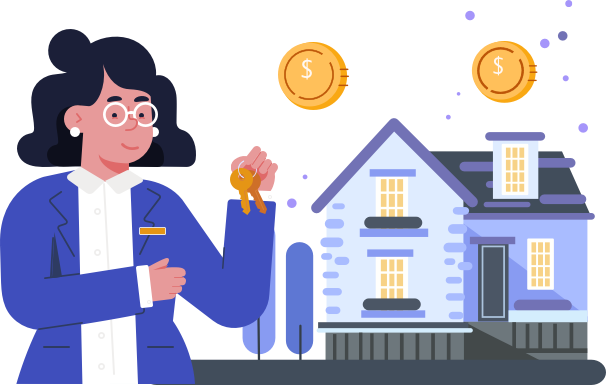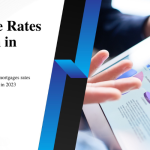No More Bank Statements for Self-Employed Borrowers!
This week, Fannie Mae and Freddie Mac, government agencies that buy Conforming Loans, announced that it will not require Profit and Loss (P&L) statements and business bank statements anymore for most self-employed borrowers.
Both agencies, effective immediately, have reverted back to almost all standard underwriting guidelines for self-employed borrowers “pre-pandemic”. No more requirements for profit and loss statements as long the loan is using tax returns from 2020 (or later) as the most recent year.
For a self-employed borrower, income is typically averaged over the last 2 years of filed tax returns. In some cases, if your business has been in existence for more than 5 years, you might be able to qualify with the last filed tax return.
History of P&L Requirement
Government agencies required P&L and 2 months (later changed to 3 months) of bank statements to make sure that the business has not been negatively impacted by the pandemic and was still active and making money.
Who is considered a Self-Employed Borrower
If you own a business either as a separate legal entity (like a partnership, proprietorship, or corporation) or simply file your income on Schedule C of your personal tax returns, you’re considered a self-employed borrower. As long as you own a 25% or more share in any entity, you will be treated as a self-employed borrower by the mortgage lenders. Even if you pay yourself a paystub and/or W2 but you own 25% or more of the company shares, you will still be considered a self-employed borrower. A 1099 contractor is also considered a self-employed borrower and will need 2 years of uninterrupted work history to qualify for a mortgage.
Verification of Business Requirement is Still Active
While the P&L and business bank statement requirement has been waived, lenders are still required to verify that the business is still active (open and operating). If you are a self-employed borrower, you can do that in several ways – by producing a recent invoice/receipt, getting a letter from your accountant/CPA, showing that you’re taking appointments/reservations on your website or a third party website, a recent renewal of your business/professional license or any other way that you think might be relevant for your business.
You May Also Like:
- 59
- 53
- 51









